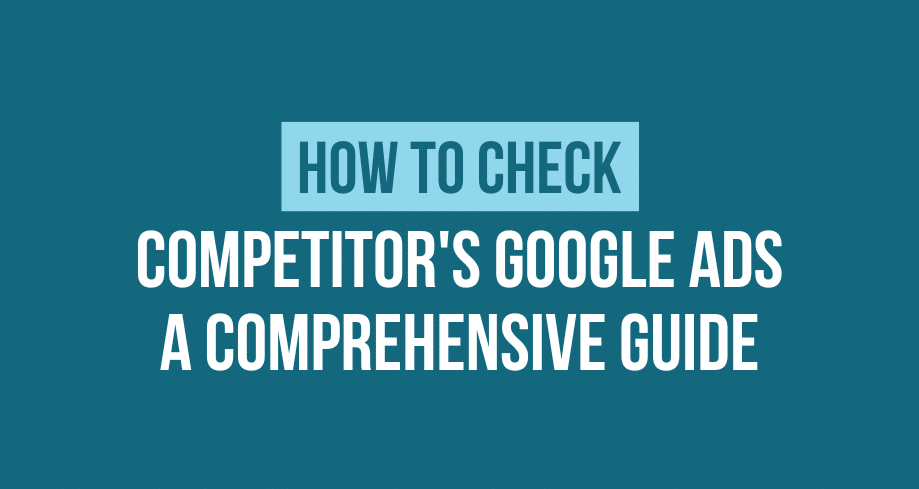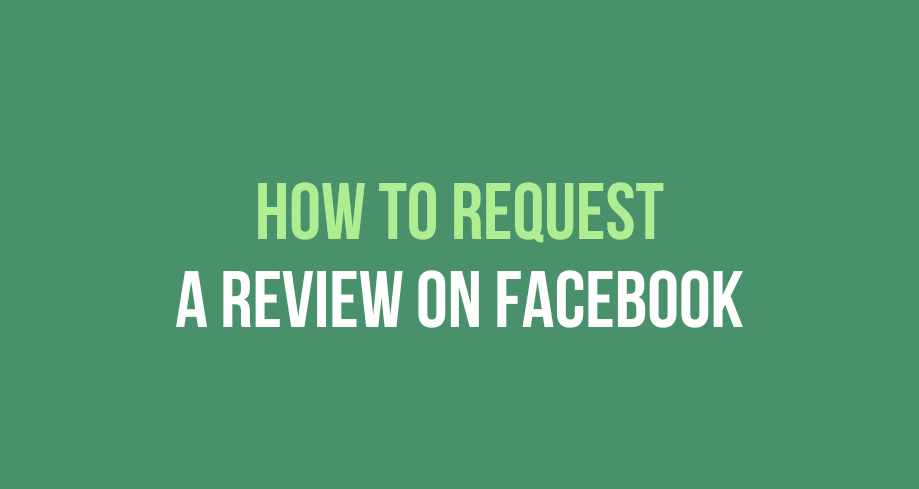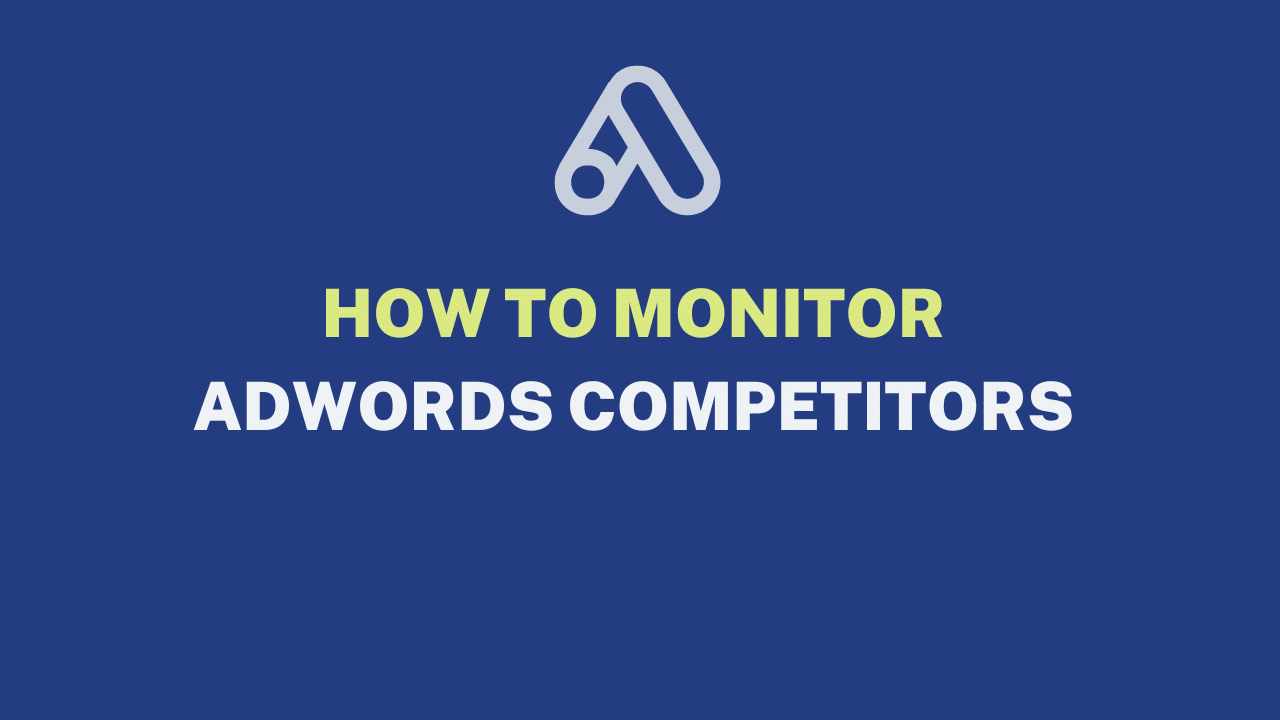Are your Google Ads campaigns not delivering the desired results? Are you struggling to stand out in the crowded digital landscape? It’s time to take a sneak peek into the secret playbook of your competitors. Understanding and monitoring their Google Ads strategies can provide invaluable insights that can propel your own advertising efforts to new heights.
This comprehensive guide will delve into the art of checking your Google Ads competitor’s campaigns. We will explore the benefits of understanding their tactics and share actionable tips to help you gain a competitive advantage.
What are Google Ads?
Google Ads, formerly known as Google AdWords, is a powerful online advertising platform provided by Google. It enables businesses to create and display ads on Google’s search engine results pages (SERPs) and partner websites within the Google Display Network. Google Ads operates on a pay-per-click (PPC) model, where advertisers bid on specific keywords relevant to their products or services. Paid search marketers can make use of paid search traffic to get ahead.
It allows businesses to reach a wide audience of potential customers who are actively searching for products or services related to their offerings. With Google Ads accounts, advertisers can generate highly targeted traffic, increase brand visibility, and drive conversions.
Why Should You Monitor Competitors’ Google Ads?
Keeping a vigilant eye on your competitors’ Google Ads campaigns can provide numerous advantages and invaluable insights for your own advertising strategy.
- Gain Insights into Competitors’ Strategies: Monitoring competitors’ Google Ads allows you to understand their messaging, targeting, and positioning strategies. It also enables you to know if competitors are using your brand. By studying their ad copy, keywords, and landing pages, you can identify their unique selling propositions, value propositions, and calls to action.
- Stay One Step Ahead: Competition in the digital landscape is fierce, and it’s crucial to stay ahead of your rivals. You can proactively identify emerging digital marketing trends, new keywords, and innovative ad formats by tracking your competitors’ Google Ads.
- Discover Untapped Opportunities: By identifying gaps in their strategies, you can tailor your campaigns to target specific niches or capitalize on underserved markets. It allows you to find new keywords, refine your ad targeting, and explore alternative advertising channels.
- Improve Campaign Performance: By studying competitors’ successful Google Ads campaigns, you can learn from their best practices and apply them to your own initiatives.
Conducting Initial Research
Identify Competitors
To begin checking your competitors’ Google Ads campaigns, it’s crucial first to identify your main competitors in the digital landscape. Here are some methods to help you pinpoint your key rivals:
- Industry Knowledge: Leverage your industry knowledge and expertise to identify businesses that offer similar products or services to yours. Consider both direct competitors (those with similar offerings) and indirect competitors (those targeting a similar audience).
- Customer Insights: Analyze your customer base and identify brands or businesses that customers often compare to yours. This can provide valuable insights into who your main competitors are from the perspective of your target audience.
- Keyword Research: Conduct thorough keyword research to identify which businesses consistently appear in search engine results for keywords relevant to your industry. Pay attention to those competitors who consistently rank high in organic search results and appear in paid ads.
Google Search
Google Search is a powerful tool that can help you identify your competitors quickly. Follow these steps to uncover competitors using Google Search:
- Keyword Search: Perform searches using relevant industry keywords and phrases. Take note of the businesses that consistently appear in the top search results, as they are likely your key competitors.
- Ads in Search Results: Pay attention to the ads at the top and bottom of the search results page. These ads are likely from businesses targeting the same keywords and audience as you. Take note of the advertisers and their ad messaging.
- Related Searches: Scroll to the bottom of the search results page to find the “Related searches” section. This section often includes variations of your initial search query and can provide additional insights into competitors and related industries.
Online Tools and Software
These tools offer advanced features and comprehensive data to help uncover your competitors’ Google Ads campaigns:
- SEMrush: SEMrush provides a suite of tools for competitor analysis, including the ability to track competitors’ ad campaigns, discover their top keywords, and analyze their ad copy. It offers valuable insights into your competitors’ strategies and performance.
- SpyFu: SpyFu specializes in competitor research and allows you to uncover your competitors’ most profitable keywords, ad history, and ad variations. It also provides data on their organic search rankings, backlinks, and SEO performance.
- iSpionage: iSpionage focuses on competitor PPC analysis and enables you to discover competitors’ best-performing keywords, ad copy, and landing pages. It also provides insights into their budget and ad positioning.
- Adbeat: Adbeat is a competitive intelligence platform that allows you to explore competitors’ ad campaigns across various networks, including Google Ads. It provides data on their ad creatives, landing pages, and audience targeting.
Analyzing Competitors’ Ads
Google Ads Auction Insights
This feature allows you to compare your performance against competitors in the same auctions. It provides insights into key metrics, such as impression share, average position, and overlap rate. By leveraging Google your Auction Insights report, you can gain a deeper understanding of how your competitors are performing and identify areas where you can improve your own campaigns.
Ad Copy Analysis
Analyzing your competitors’ ad copy is a crucial aspect of competitor analysis. Here’s why it’s important and how you can evaluate ad copy effectiveness:
Importance of Analyzing Ad Copy:
- Understanding Messaging: By analyzing your competitors’ ad copy, you can gain insights into their messaging to attract their target audience. This helps you understand their unique selling propositions and positioning strategies.
- Uncover Keyword Strategies: Examining ad copy allows you to identify the keywords your competitors are targeting, helping you refine your own keyword selection and optimization.
- Identify Call-to-Action: Evaluating ad copy reveals the call-to-action (CTA) strategies employed by your competitors. This can help you refine your own CTAs and improve click-through rates.
Landing Page Analysis
Analyzing your competitors’ landing pages is essential for gaining insights into their user experience and conversion strategies. Here’s how you can assess landing page design, user experience, and conversion elements:
Design and Layout
- Visual Appeal: Evaluate the visual aesthetics of the landing page. Does it have an appealing design that aligns with the brand? Is the layout clean and easy to navigate?
- Branding Consistency: Assess how well the landing page aligns with the overall brand identity of your competitor. Look for consistent branding elements, colors, and messaging.
- Clarity and Readability: Check if the landing page communicates its purpose clearly. Is the content easy to read and understand? Are the headings and subheadings clear and well-organized?
User Experience
- Page Load Speed: Evaluate how quickly the landing page loads. A slow-loading page can negatively impact user experience and conversion rates.
- Mobile Optimization: Check if the landing page is optimized for mobile devices. With increasing mobile users, a mobile-friendly experience is crucial for success.
- Navigation and Usability: Assess the ease of navigation on the landing page. Is it intuitive, with clear calls to action and well-structured content?
Conversion Elements
As you are running Google Ads campaigns and checking on Google ads competition, make sure you check for:
- Call-to-Action (CTA): Analyze the effectiveness of the CTA on the landing page. Is it prominently displayed and compelling? Does it clearly communicate the desired action?
- Form Design: Evaluate the form design and length. Is it user-friendly, asking for only necessary information? Does it instill trust and security?
- Social Proof and Trust Signals: Look for elements such as customer testimonials, reviews, trust badges, or certifications that can enhance credibility and trust.
Monitoring Competitors Over Time
Ad Tracking Tools
Utilizing ad tracking tools is essential to monitor your competitors’ Google Ads campaigns over time effectively. These tools provide ongoing insights into your competitors’ strategies and performance. Here’s an introduction to ad-tracking tools:
Ad Monitoring and Competitive Intelligence Tools
- AdGooroo: AdGooroo offers comprehensive ad monitoring capabilities, allowing you to track your competitors’ Google Ads campaigns. It provides insights into ad creatives, keywords, landing pages, and performance metrics.
- WhatRunsWhere: WhatRunsWhere enables you to monitor your competitors’ display and mobile advertising campaigns. It provides data on ad creatives, ad networks, and placements, allowing you to uncover new opportunities and strategies.
- Moat: Moat is a digital ad intelligence platform that provides ad tracking and competitive insights. It allows you to monitor your competitors’ display and video ads, uncovering their creative strategies and placements.
Keyword Tracking
Tracking your competitors’ keywords is crucial for understanding their targeting strategies and identifying new keyword opportunities. Here’s why it’s important and some strategies for keyword tracking:
Importance of Tracking Competitors’ Keywords
Uncover New Keyword Opportunities
Monitoring competitors’ keywords help you identify relevant keywords that you might not have considered. It allows you to expand your keyword list and target additional search terms.
Refine Keyword Optimization
Analyzing your competitors’ keywords helps you understand their keyword selection and optimization strategies. It can inspire you to improve your own keyword targeting and optimize your ad campaigns.
Keyword Tracking Tools and Strategies
SEMrush
SEMrush offers a powerful keyword tracking feature that allows you to monitor your competitors’ keyword rankings. You can identify the keywords they are targeting and track their performance over time.
Google Alerts
Set up Google Alerts for your competitor’s brand names, product names, or specific keywords to receive notifications whenever they are mentioned online. This can help you stay updated on their keyword usage and marketing activities.
Manual Analysis
Regularly visit your competitors’ websites and conduct manual searches to observe their target keywords. Take note of any changes or updates in their keyword strategies.
Frequently Asked Questions
How can I find out which keywords my competitors are bidding on in their Google Ads campaigns?
There are several ways to discover your competitors’ keywords. You can use keyword research tools like SEMrush, SpyFu, or Ahrefs, which provide insights into the keywords your competitors are targeting.
Is it possible to see the actual ads my competitors are running in their Google Ads campaigns?
While you cannot directly view your competitors’ ads within Google Ads, you can use ad monitoring tools like AdGooroo, WhatRunsWhere, or Moat to gain insights into the ad creatives your competitors are using. These tools capture and track ads displayed on various platforms, including Google Ads.
How can I monitor changes in my competitors’ Google Ads campaigns over time?
You can set up Google Alerts for your competitor’s brand names, product names, or specific keywords to receive notifications whenever they make changes to their ads or landing pages.
Conclusion
Monitoring and analyzing your competitors’ Google Ads campaigns can provide valuable insights and opportunities for improving your own advertising strategies. By ethically identifying competitors, conducting thorough research, and tracking their ads and performance metrics, you can gain a deeper understanding of their tactics and apply these insights to enhance your own campaigns. Continuous monitoring and adaptation are key in the dynamic digital advertising landscape to stay ahead of the competition and drive better results with your Google ads keywords.




